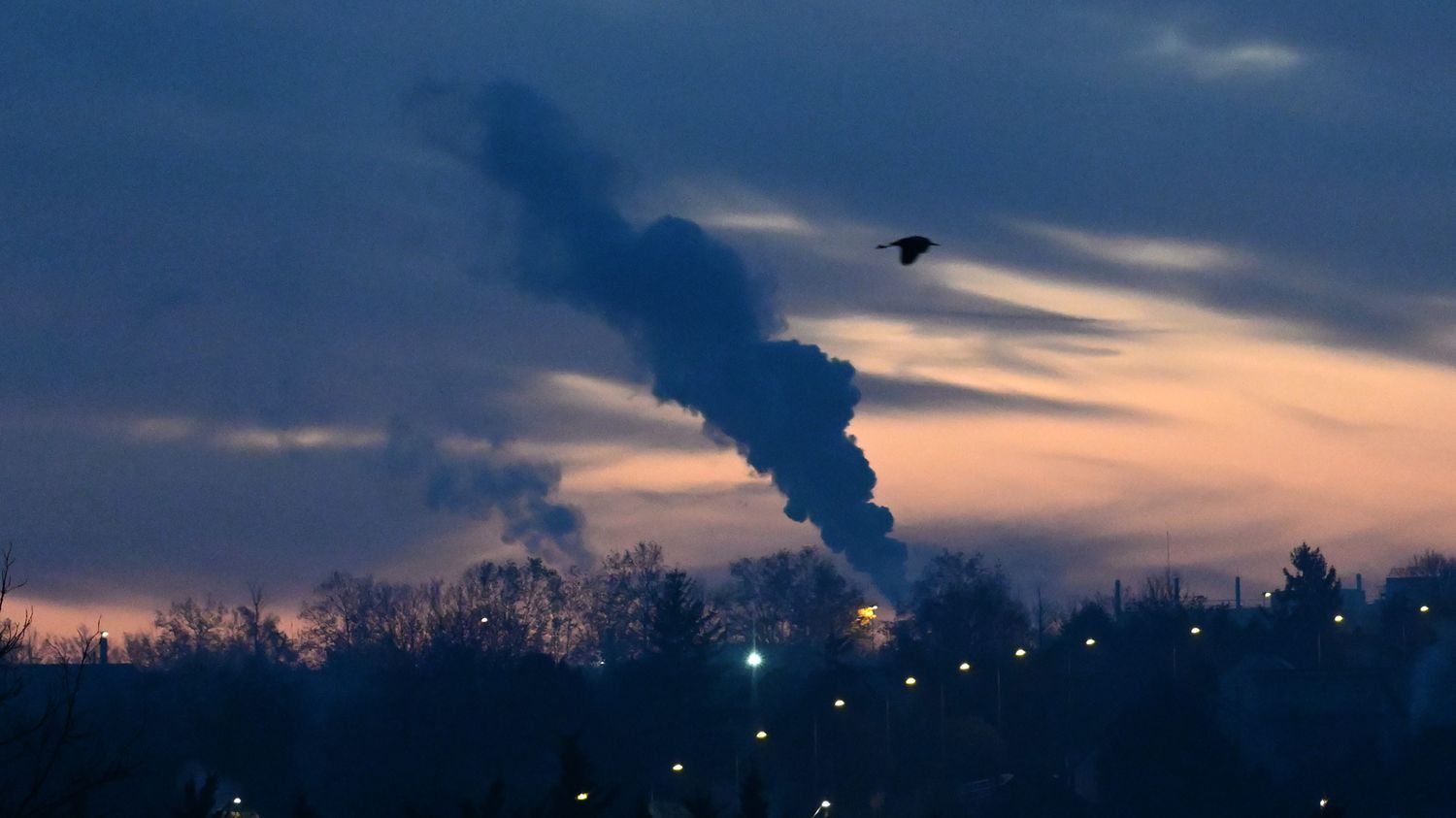Using ice cores, a consortium of researchers reconstructed this concentration since the disappearance of the dinosaurs, 66 million years ago. The current 419 ppm represents the highest CO2 level in 14 million years.
Published
Reading time: 2 mins

Mathilde Fontez, editor-in-chief of the scientific magazine Epsiloon today mentions the level of CO2 in the atmosphere which continues to rise. This is the whole purpose of COP28, which is currently taking place in Dubai, to try to find an agreement on reducing greenhouse gas emissions.
franceinfo: A team of researchers drives the point home today, with a study published yesterday in Science, of the CO2 rate, in the very, very long term?
Mathilde Fontez: Yes, their conclusion is quite terrible: our current carbon dioxide level is 419 parts per million of CO2 in the atmosphere today, 419 ppm. This rate is the highest in 14 million years. Until then, the world weather organization, the IPCC, was counting on a record for 2 to 5 million years. We were far from the mark. CO2 hasn’t been this high for 14 million years.
How did researchers go back so far?
They collected all available geological records. All the elements that keep track of past CO2 levels. Cores taken from glaciers: the ice traps air bubbles, which preserves the CO2 level at the time. But also mineral isotopes; carbon isotopes in ancient soils; the morphology of fossilized leaves.
This international consortium of 90 specialists, from 17 countries, collected, analyzed and discussed all this data for 7 years. And thanks to this, they were able to go back to 66 million years ago – 66 million years ago is the time of the extinction of the dinosaurs.
And can we follow all the variations in CO2 levels?
Yes, we can relate this rate to climates, temperatures, life on the planet. Researchers confirm, for example, that the hottest period was around 50 million years ago: CO2 in the atmosphere was then at 1600 ppm. Then, 34 million years ago, the temperature dropped – the ice cap began to form: it is this long-term drop in CO2 that governed the evolution of modern plants and animals.
And we clearly see the break, from the industrial revolution, which began in 1760 in England, the increase in CO2 in the atmosphere, due to man. So we knew that the current CO2 level is a record. But this decline of 14 million years shows the depth of the crisis.
All of this could help improve models for future climate. The consortium has made all its data freely available to the scientific community. He now hopes to go back 540 million years, to the dawn of complex life.
